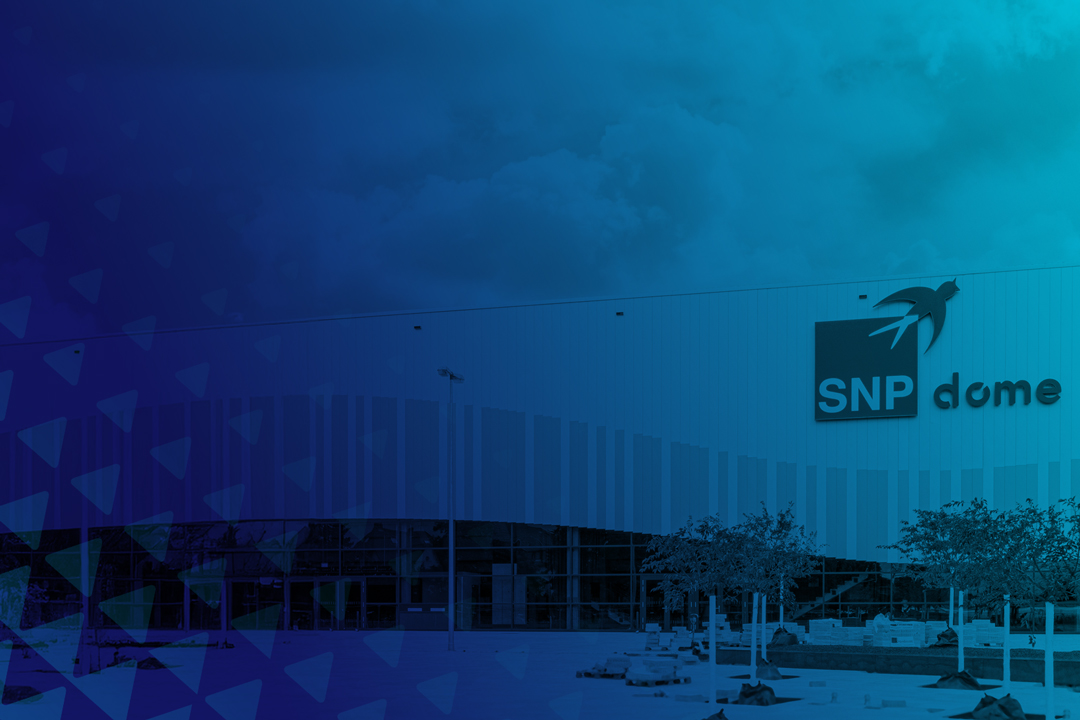Three questions for our cloud migration expert
Your contact

Arne Tornieporth
Manager Product Management, SNP
Share
Arne, why is it difficult for companies today to avoid the cloud if they want to prepare themselves for the digital working environment and remain competitive?
To understand why there is no alternative to the cloud for companies, we need to understand what the cloud means – namely much more than just an alternative location to store data. The various cloud models offer enormous flexibility to operate IT infrastructures and software as needed. This enables companies to adapt individual areas of their IT landscape to changing conditions in an agile manner – and as a result adapt their business activities too. In addition, the cloud makes it easier to deal with the shortage of IT experts: If companies operate their SAP systems in-house, they need experts to ensure smooth operation, maintenance and further development. The cloud compensates for this by offering companies a range of options for managing and rapidly developing their systems. Furthermore, the flexible analysis options that you can use directly in the cloud with little to no effort are another increasingly important reason, as they help to drive your data-driven business forward.
What options does SNP offer to move SAP systems successfully to the cloud and to make the most of the associated benefits?
To successfully move SAP systems to the cloud, companies need to define the goals they want to achieve. The numerous advantages of the cloud are often clear, but companies are uncertain about how to specifically leverage this potential for their own operations. There is also widespread concern that cloud transformations can take years, prove incredibly expensive and require a lot of human resources. SNP allows companies to rise to these challenges and ensures transparency and security: Using our transformation software, we perform a fact-based analysis of the SAP systems at the beginning of every migration project. Based on this analysis, we create a blueprint, i.e. the optimal roadmap for the conversion. We also illustrate the duration, costs for the conversion and ongoing costs in the cloud in a transparent manner. This enables our customers to carry out a carefully planned conversion – the prerequisite for harnessing the innovation potential of the cloud in the best possible way.
Which features does transformation software need to have in order to migrate data to the cloud quickly and securely?
Transformation software must have a high degree of flexibility in order to consider individual migration requirements. These range from one-to-one transfers of SAP systems to intelligent, selective migrations in order to reduce data as well as combined projects such as simultaneous S/4HANA conversions. Transformation software should also reduce manual tasks: For example, if test cycles are automated, this effectively reduces the workload of the company’s employees. SNP’s software-based transformation approach has a positive effect on the entire migration project: By combining numerous processes, the project duration is shortened by up to 75 percent, which significantly reduces project costs. In addition, migrations are realized with near-zero downtime to minimize business disruptions. This is critical to success, especially for multinational companies, because downtimes can cost upward of one hundred thousand euros per hour.
Your contact

Arne Tornieporth
Manager Product Management, SNP


